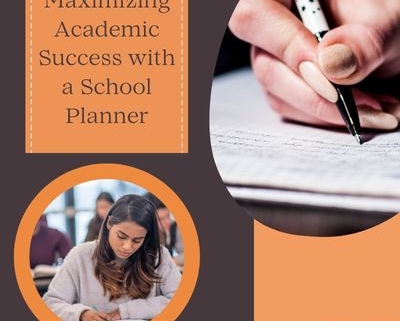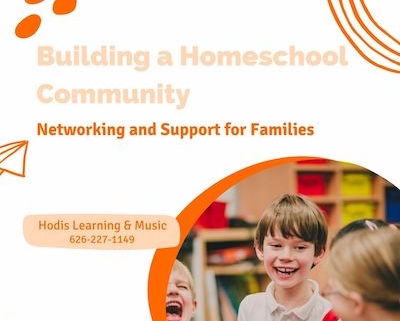Homeschooling offers flexibility and customization, allowing parents to tailor education to their children’s needs and interests. However, one concern many families face is the cost of teaching resources and materials. While homeschooling can be more affordable than private schooling, it requires careful planning to avoid overspending. Here’s a guide to homeschooling on a budget, where we highlight affordable teaching resources and materials that won’t break the bank.
Use Free Online Resources
The internet is a treasure trove of free educational materials for homeschooling. Websites like Khan Academy, Coursera, and edX offer a wide range of free courses and lessons on subjects from math and science to history and literature. Additionally, platforms like YouTube host educational channels with high-quality content that can supplement your curriculum. Consider using these resources to diversify your teaching materials without spending a dime.
Leverage Public Libraries
Public libraries are an invaluable resource for homeschooling families on a budget. They offer free access to books, audiobooks, DVDs, and online resources. Many libraries also provide educational programs and workshops for children, allowing them to engage in group learning activities at no cost. Visit your local library to explore their homeschool-friendly resources and take advantage of what they offer.
Share and Swap Materials
Homeschooling communities are often tight-knit and supportive. Consider joining local homeschool groups or online forums where you can connect with other homeschooling parents. These communities often organize material swaps, where families can exchange textbooks, workbooks, and other teaching aids. By participating in these swaps, you can acquire new materials without spending extra money.
Embrace Open-Source Curriculum
Open-source curriculum is a budget-friendly option for homeschooling families. Open Educational Resources (OER) are freely available teaching materials that can be customized to fit your curriculum. Websites like OpenStax and OER Commons offer free textbooks, lesson plans, and educational tools that can help you create a comprehensive homeschool program without the high costs of traditional textbooks.
Use Everyday Objects for Learning
Learning doesn’t always require expensive materials. Everyday objects can be transformed into educational tools with a little creativity. For example, measuring cups and spoons can teach math concepts, while common items you might find in your backyard, like leaves, rocks, and shells, can be used for science experiments. Encourage hands-on learning by incorporating these items into your lessons, making education engaging and budget-friendly.
Opt for Digital Resources
Digital resources can be a cost-effective alternative to traditional textbooks. E-books and printable worksheets are often cheaper than physical copies, and they offer the added benefit of being easily shared among multiple children. Additionally, many digital resources are customizable, allowing you to tailor the content to your child’s learning style and pace.
Take Advantage of Free Community Events
Local community events can provide valuable learning experiences for homeschoolers. Keep an eye on free workshops, museum days, nature walks, and other educational activities in your area. These events offer opportunities for socialization and hands-on learning without the need for costly field trips or specialized programs.
By utilizing these affordable teaching resources and materials, you can create a rich and engaging homeschooling experience without overspending. Homeschooling on a budget is possible with creativity, resourcefulness, and a willingness to explore the many free and low-cost options available.
Hire Professionals for Your Homeschooling Needs
Hodis Learning & Music’s expert homeschool education program takes the pressure off parents by managing and delivering every aspect of the homeschool process. Learn more by calling us or submit a form today!








